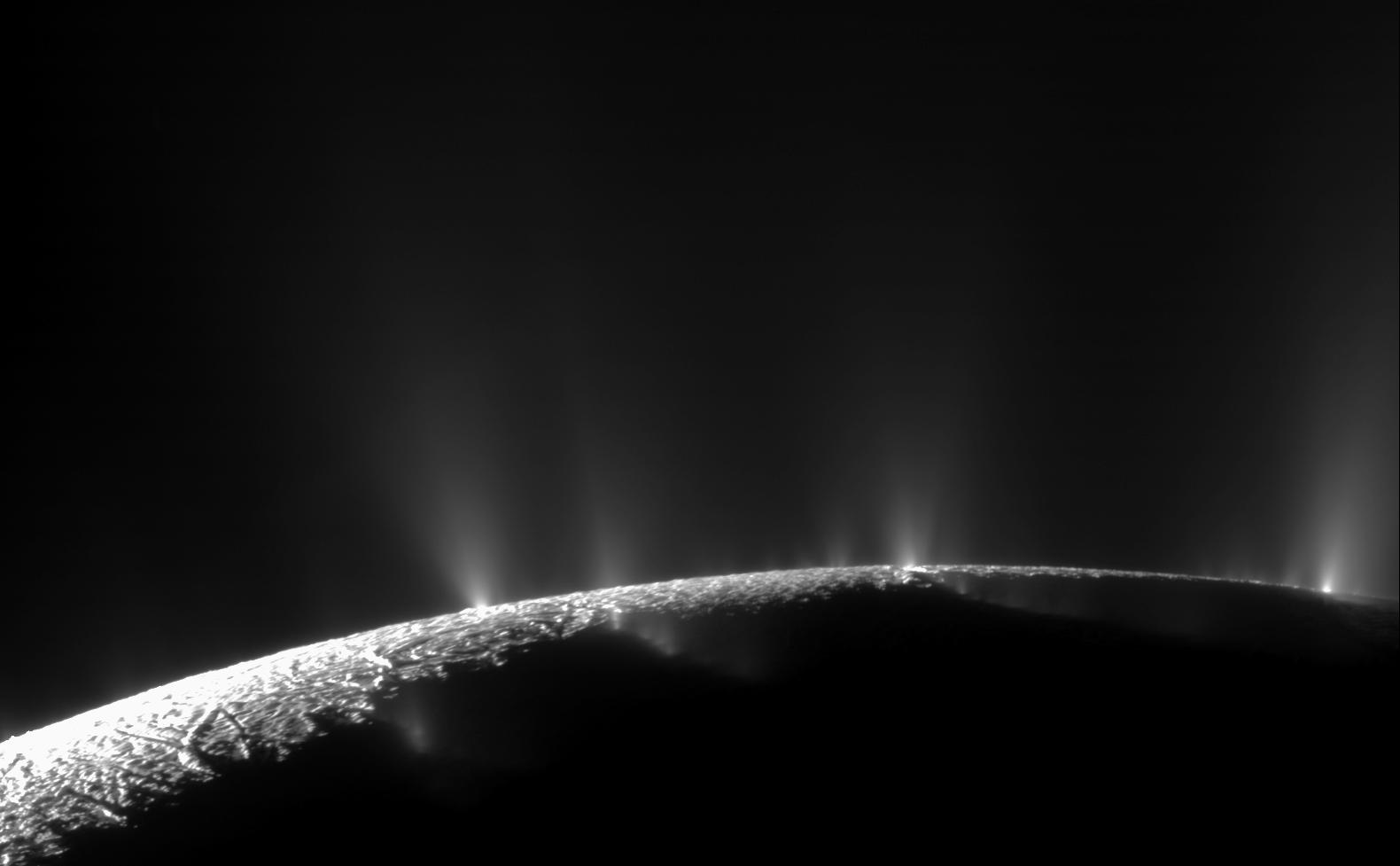4 min read
Cassini Significant Events -- 05/11/06 - 05/17/06
May 19, 2006
(Source: Cassini Project)
The most recent spacecraft telemetry was acquired on Wednesday, May 17, from the Goldstone tracking complex. The Cassini spacecraft is in an excellent state of health and all subsystems are operating normally. Check out the Cassini web site at http://saturn.jpl.nasa.gov for the latest press releases and images.
Thursday, May 11 (DOY 131):
Science activities this week included the continuation of a campaign by the entire suite of Magnetospheric and Plasma Science (MAPS) instruments to simultaneously observe the structure and dynamics of Saturn's magnetotail at low latitudes and moderate distances downstream. The Imaging Science Subsystem (ISS) executed a series of especially interesting observations using the Narrow Angle Camera (NAC) in a search for any evidence of a Saturn "halo" feature. The halo is an area of highly charged dusty particles in a strange orbit above Saturn's pole.
Friday, May 12 (DOY 132):
RADAR performed an engineering test of diagnostic modes on the flight unit today. Next Tuesday, DOY 136, RADAR will obtain distant Titan radiometer science and calibration data as well. This observation will be one of a planned set of observations to survey Titan at varying longitudes to reveal any broad surface emission variations.
Part two of the S20 background sequence was uplinked to the spacecraft today. All three portions have been confirmed on board and will begin execution on Saturday, May 13.
Sorry everyone, but it's time for a personal favorite. If you go to the Cassini web site, you will see a stunning image of small, battered Epimetheus and smog-enshrouded Titan, with Saturn's A and F rings stretching across the scene. I happen to like it 'cause it is art and science rolled into one! Large masses attracting the eye, the division of space by the rings, a point of focus in little Epimetheus. Science and art, you gotta love it! To see the image, go to Stunning Vistas.
Tuesday, May 16 (DOY 136):
The Aftermarket Process for the S25 sequence began today. This five week process will address proposed discretionary changes that require re-integration of the segments contained in the S25 sequence. An Assessment package was sent out to reviewers but at this time it looks like all of the requested changes can fit within the available resources. Unless the Target Working Teams' and Orbiter Science Teams' recommendations change over the next couple of weeks, it is likely that the decision meeting scheduled in two weeks will be canceled.
Wednesday, May 17 (DOY 137):
Uplink Operations radiated the Radio Science Subsystem Live Movable Block to the spacecraft today at 137T20:57:48. The file is confirmed on board and registered, and will begin execution DOY 140/09:48:00, as planned.
Orbit trim maneuver (OTM) # 61 was performed today. This is the approach maneuver setting up for the Titan 14 encounter on May 20, and it allowed the Spacecraft Team to power on the accelerometer to calibrate the thrusters following the Monopropellant Tank Assembly recharge of April 10, 2006. The Reaction Control Subsystem burn began at 6:59 PM PDT. A "quick look" immediately after the maneuver showed the burn duration was 85.1 seconds, giving a delta-V of 0.12 m/s. All subsystems reported nominal performance after the maneuver.
This Weekend Saturday, May 20, and Sunday, May 21:
NASA's Jet Propulsion Laboratory in Pasadena, California, invites the public to "Explore New Worlds" without leaving Southern California. The laboratory will open its doors during its annual Open House on Saturday and Sunday, May 20 and 21, from 9 AM to 5 PM.
Cassini will have the half scale spacecraft model out where the public can get a very close look at it. There will also be a full-scale model of the Huygens probe with parachute in the landing configuration as it touched down on Titan. Some of the latest images including a Saturn moon walk with the major moons of Saturn will be on display, along with a display to listen to the "Sounds of the Solar System", including several from Saturn, and the public can see the Cassini Huygens Ring World planetarium show.







